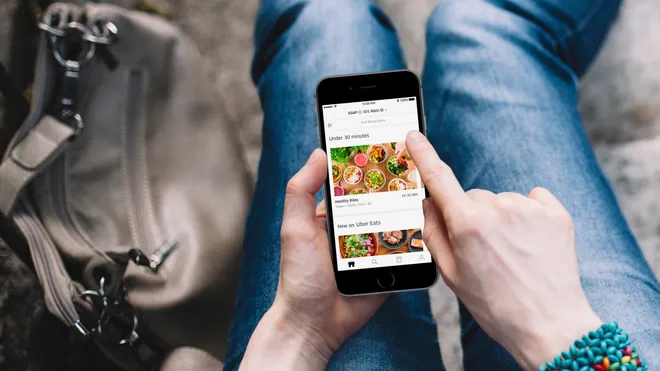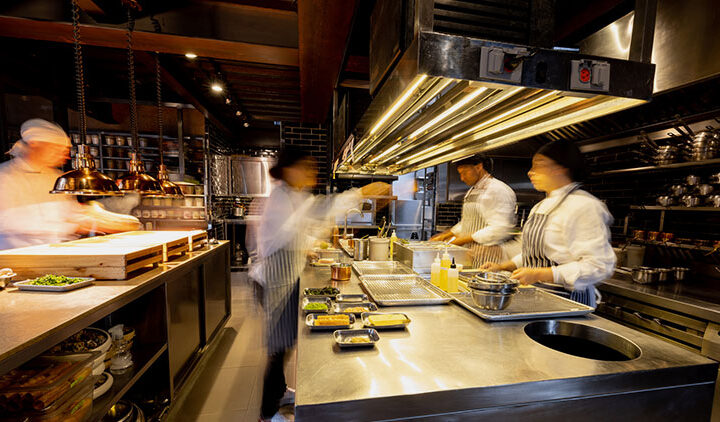In the age of food delivery apps and digital dining, one term dominates the modern food industry — Cloud Kitchen.
If you’re building a food business today, understanding the model and mastering cloud kitchen marketing is no longer optional — it’s essential.
🍽️ What Is a Cloud Kitchen?
A cloud kitchen (also known as a ghost kitchen, dark kitchen, or virtual kitchen) is a commercial kitchen set up solely for food delivery.
There’s no dine-in space, no fancy interiors, and no waiting staff. Instead, it operates with minimal overhead and focuses entirely on online orders.
Cloud kitchens operate via:
- Online food aggregators like Swiggy & Zomato
- Direct ordering platforms & WhatsApp
- Social media promotions
This model thrives on data, speed, packaging, and platform visibility, making cloud kitchen marketing the growth engine.
🏢 Traditional Restaurant vs Cloud Kitchen: Key Differences
| Feature | Traditional Restaurant | Cloud Kitchen |
|---|---|---|
| Space & Interiors | Full dine-in setup | Only kitchen space |
| Customer Interaction | Face-to-face service | Fully digital (app or web-based) |
| Staff | Wait staff, manager, chefs | Chefs + delivery/logistics support |
| Revenue Channels | Walk-in + delivery | 100% online delivery |
| Setup Cost | High (rent + furniture) | Low (shared/commercial kitchens) |
| Marketing Focus | Location-based | Platform-based (Cloud Kitchen Marketing) |
| Profit Margins | Lower (due to overheads) | Higher (if scaled well) |
🚀 Why Cloud Kitchen Marketing Matters
Because cloud kitchens exist only online, their visibility and success depend entirely on smart cloud kitchen marketing.
You must focus on:
- Zomato & Swiggy SEO
- High-quality food photos
- Review generation strategies
- Instagram & WhatsApp marketing
- Promotions and offers that boost repeat orders
💡 Pro Tip: Your menu design, packaging, delivery speed, and even dish names become part of your marketing funnel.
🔁 Cloud Kitchens Run on Algorithms, Not Footfall
Unlike a traditional restaurant that benefits from walk-ins and signage, cloud kitchens rely on:
- Platform ranking
- Keyword-based menu visibility
- Speed of delivery
- Customer reviews
This means that Cloud Kitchen Marketing = business survival + growth.
Want to rank better on Swiggy or Zomato?
✅ Optimize your prep time
✅ Offer deals in a 3–5km radius
✅ Get 50+ reviews in your first 100 orders
📎 External Resource:
Learn more about Zomato for Business
📌 Learn More:
Read our Complete Guide on Cloud Kitchen Marketing
📦 Final Thoughts
A cloud kitchen isn’t just a cost-saving version of a restaurant — it’s a tech-driven, customer-centric, and data-first food business model.
With no footfall or storefront, everything depends on how well you manage your cloud kitchen marketing.
If you’re planning to launch or scale one, your first hires shouldn’t just be chefs — they should be digital marketers, food photographers, and menu optimizers.
📈 Need help with branding, packaging, Swiggy SEO, or scaling your delivery brand?
Visit 👉 www.restromark.com — where Cloud Kitchen Marketing is done right.





